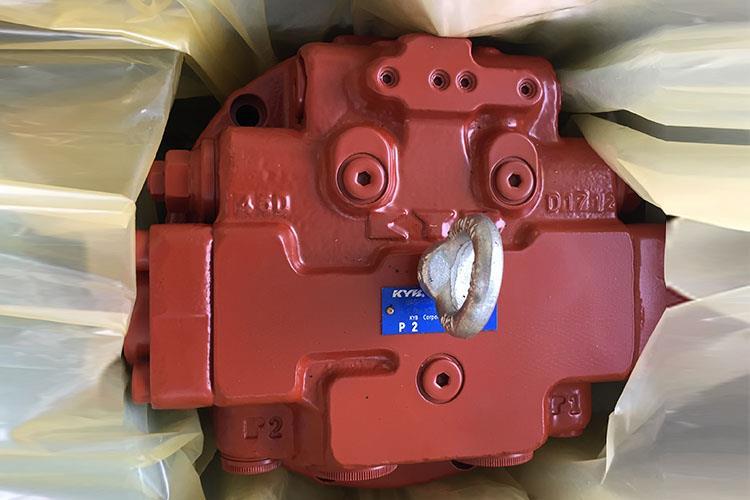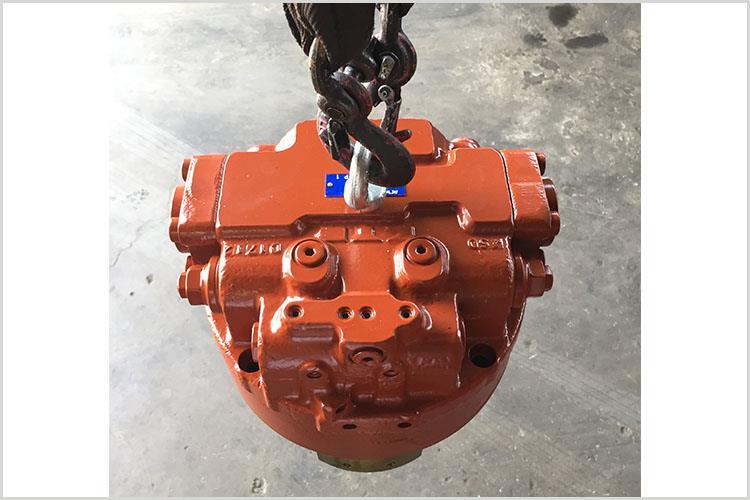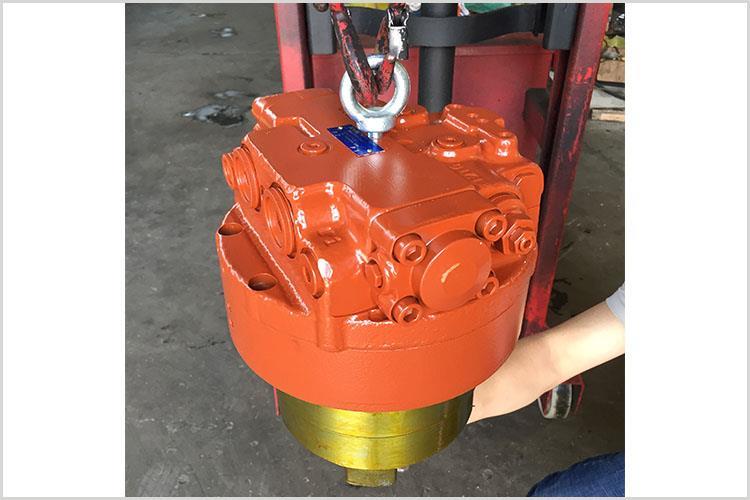Working Principle of Hydraulic Pump
Hydraulic pump is the power component of hydraulic system, which is driven by engine or motor to inhale oil from the hydraulic tank and form the pressure oil to be discharged and sent to the implementing component. Hydraulic pumps are divided into gear pumps, plunger pumps, vane pumps and screw pumps according to their structure. The following is a brief introduction to the variety of hydraulic pumps and the working principle of hydraulic pumps.

Varieties of Hydraulic Pumps
1. Gear pump: small size, simple structure, lax requirement for oil cleanliness, cheaper quotation; but the pump shaft is severely worn by unbalanced force, leakage is larger.
2. Blade pump: divided into double-acting vane pump and single-acting vane pump. This kind of pump has uniform flow, stable operation, low noise, higher working pressure and volume power than gear pump, and more disorderly construction than gear pump.
3. Plunger pumps: high volume power, small leakage, can operate under high pressure, mostly used in high-power hydraulic system; but the structure is disorderly, material and processing accuracy is high, price is expensive, and oil cleanliness is high.

Operating Principle of Hydraulic Pump
Pump is a kind of replacement equipment, which changes the rotating mechanical energy of motor into hydraulic energy output. Hydraulic pumps are operated on the basis of the principle of changing the sealing volume, so they are generally called volumetric hydraulic pumps. Figure 2-L shows the working principle of a single plunger hydraulic pump. Piston 2 is installed in cylinder block 3 to form a sealing volume a, and plunger is always pressed on eccentric wheel 1 under the action of tension spring 4. The prime mover drives the eccentric wheel 1 to rotate so that the plunger 2 moves to and fro, which periodically alters the sealing volume a. When a changes from small to large, some vacuum is formed, which makes the oil in the tank enter the oil chamber a through the suction pipe top opening one-way valve 6 under the action of atmospheric pressure and end oil suction; conversely, when a changes from large to small, the oil sucked in the cavity will top opening one-way valve 5 into the system and end oil pressure. In this way, the mechanical energy input by the prime mover is replaced by the pressure energy of the liquid. The prime mover drives the eccentric wheel to rotate continuously, and the hydraulic pump continuously sucks and presses oil.

Characteristics of Hydraulic Pumps
1. There are several sealed spaces which can be changed periodically. The output flow of the pump is proportional to the volume change of the space and the number of changes per unit time, and has nothing to do with other factors.
2. It is necessary that a certain pressure of the liquid in the tank be equal to or greater than the atmospheric pressure. This is the external condition that the volume hydraulic pump can inhale oil. Therefore, in order to ensure the normal oil absorption of the hydraulic pump, it is necessary to connect the oil tank with the atmosphere, or choose a closed sub-filling tank.
3. It has corresponding distribution structure. Separate the suction tank from the discharge tank to ensure that the hydraulic pump sucks and discharges the liquid in a regular way.

